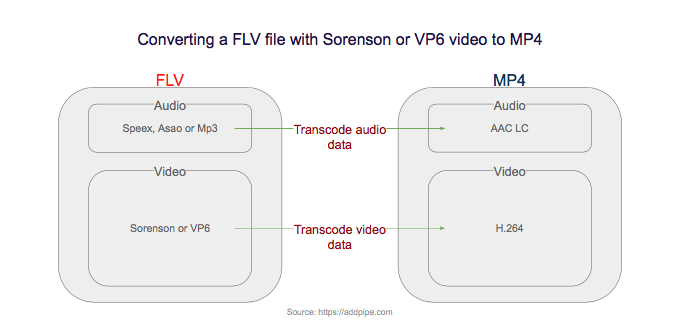

Otherwise, the popular choices are MP3, Opus, and AAC. If your video does not have sound, you can do without it. On the web, some popular video codecs are H.264, HEVC, VP9, and now AV1. Video codec: determines the compression strategy for your video, this is where the trade-offs are made between quality and quantity.mov) barely represent containers, up to three different formats are used to make a video file happen: With video files, it is a bit more tricky than that. You can almost always (barring some dirty hacking tricks that tools like imgproxy can protect you against) be sure that an image file with. With static images, you don’t have to think twice: opt for JPEG or PNG supported by all browsers, or experiment with a more compact Google-developed WebP for newer browsers. In this article, we will share our experience with a new video format and give step-by-step instructions for optimal encoding strategies. At Evil Martians, we have already tried AV1 at our landing page. Netflix has been calling AV1 “our primary next-gen codec” for a while now. Both YouTube and Netflix have named AV1 a video codec for the future: Google’s video service is already using it on TestTube (new, experimental features for YouTube). This short guide will also show how to replace your GIF’s with videos, using AV1 or H.264, to make your files twenty to forty times smaller. Learn how to instantly improve online viewing experience for your users by embracing the new AV1 video format that is already supported by Chrome and Firefox.


 0 kommentar(er)
0 kommentar(er)
